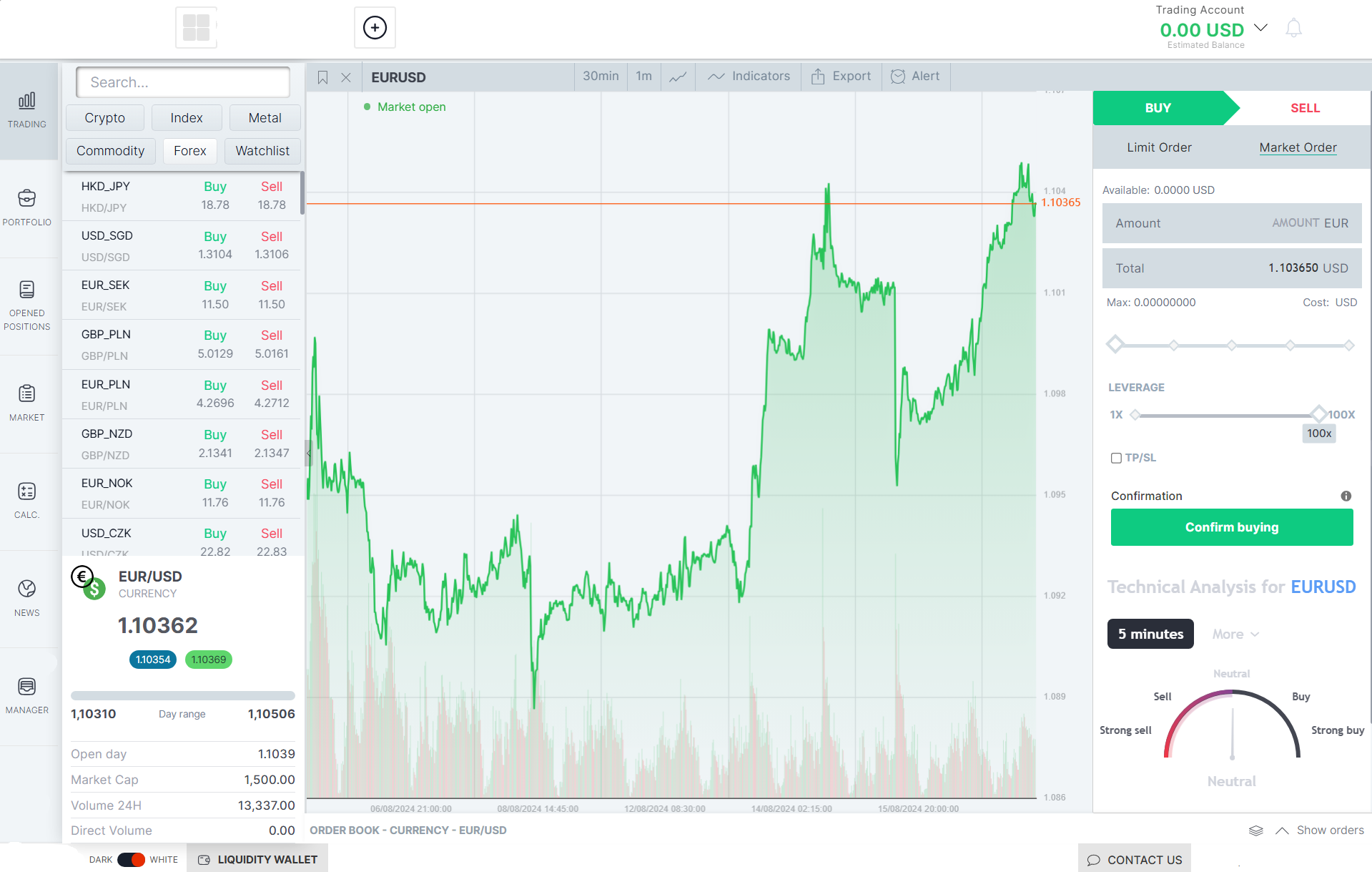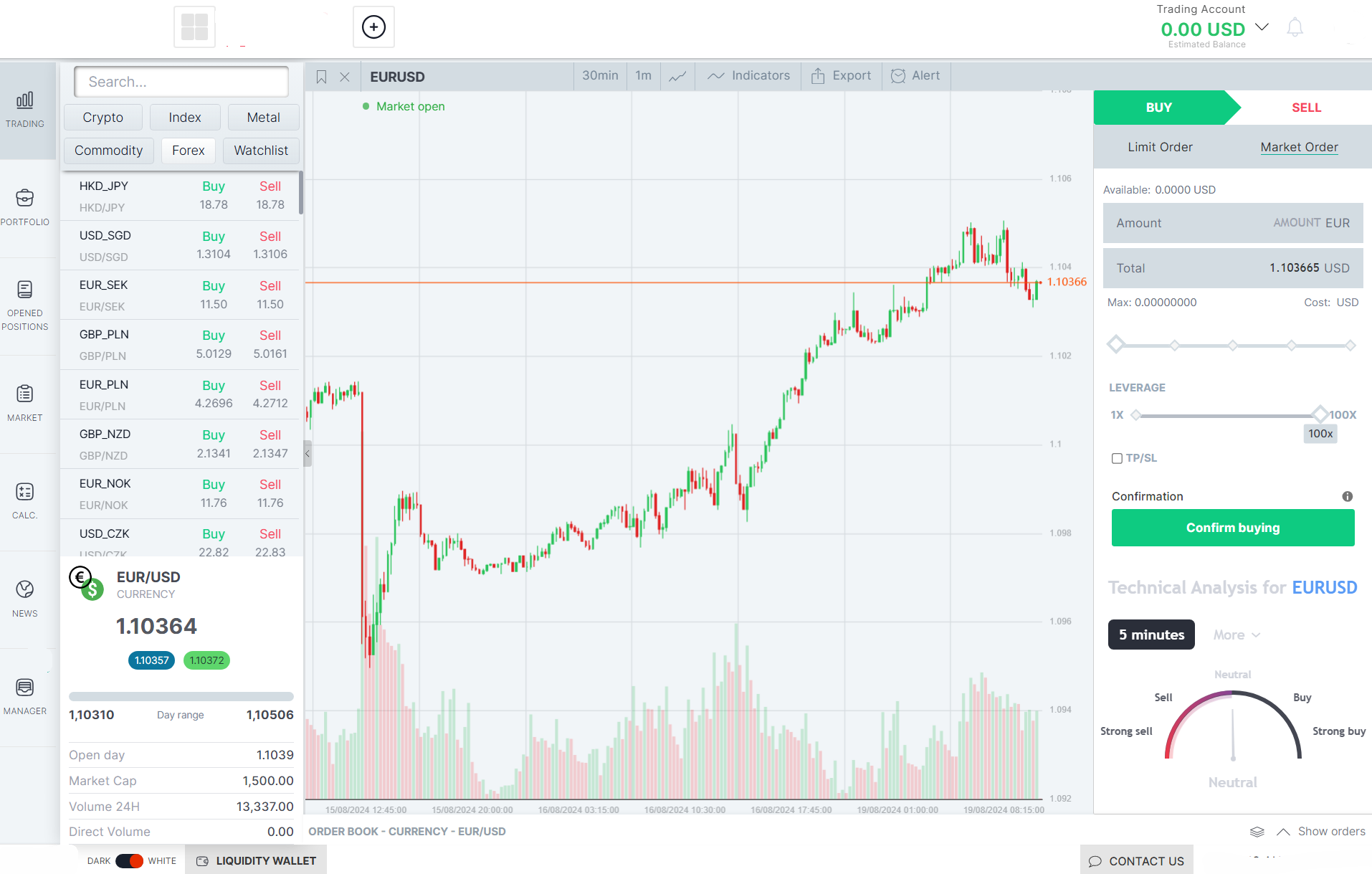Forex & CFD Trading
Leading the Way in IFintech Solutions

What is Forex Trading?
Forex trading, or foreign exchange trading, involves buying and selling currencies on the foreign exchange market with the aim of making a profit. The Forex market is the largest and most liquid financial market in the world, with a daily trading volume exceeding $6 trillion.
Currencies are traded in pairs, such as EUR/USD (Euro/US Dollar), and the price of each currency pair fluctuates based on supply and demand factors, including economic indicators, geopolitical events, and market sentiment. Traders aim to profit from these fluctuations by buying low and selling high, or vice versa.

What is CFD Trading?
CFD stands for Contract for Difference. CFD trading allows traders to speculate on the price movements of various financial instruments, such as stocks, commodities, indices, and cryptocurrencies, without owning the underlying asset.
When trading CFDs, you enter into a contract with a broker to exchange the difference in the price of an asset from the time the contract is opened to the time it is closed. This means you can profit from both rising and falling markets, making CFDs a versatile trading option.
Benefits of Forex and CFD Trading
High Liquidity
The Forex market’s high liquidity ensures that trades can be executed quickly and at desired prices.
Leverage
Forex and CFD trading often involve leverage, allowing traders to control larger positions with a smaller amount of capital. This can amplify profits.
Flexibility
These markets operate 24 hours a day, five days a week, providing flexibility for traders to trade at their convenience.
Diverse Opportunities
With Forex and CFDs, traders have access to a wide range of markets and instruments, providing numerous trading opportunities.
Key Terminology
To succeed in Forex and CFD trading, it’s essential to understand the key terminology used in these markets:
- Pips: The smallest price movement in a currency pair. For most currency pairs, a pip is equal to 0.0001.
- Lots: Standardized quantities of currency or assets in trading. In Forex, a standard lot is 100,000 units of the base currency.
- Leverage: The use of borrowed funds to increase the potential return on investment. Leverage is expressed as a ratio, such as 1:100.
- Margin: The amount of capital required to open and maintain a leveraged position. Margin is usually expressed as a percentage of the full position size.
- Spread: The difference between the bid (buy) price and the ask (sell) price of a currency pair or CFD.



Start now
Sign up to start earning
Start trading today. Grow your portfolio. Stay ahead of the curve.

